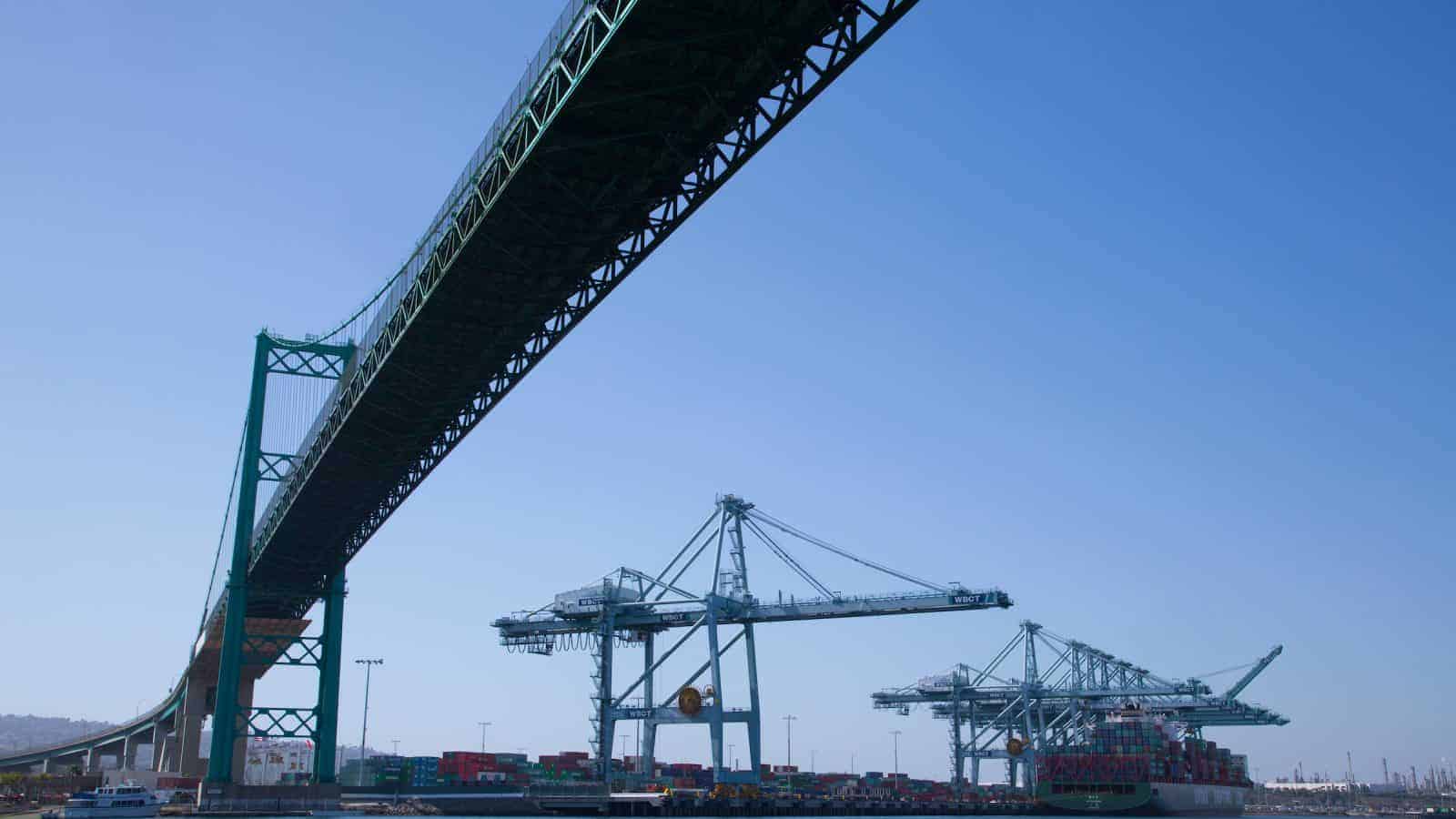Congressional Tax Writers Unveil NAM-Supported Tax Deal
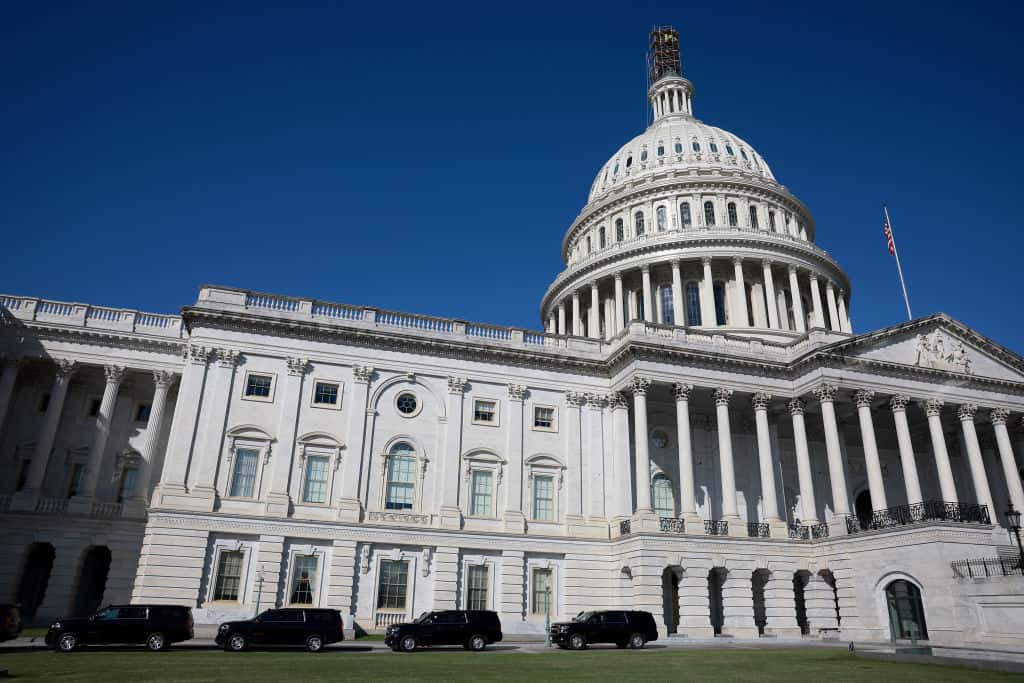
On Tuesday, Congress took an important step toward restoring three of manufacturers’ top tax priorities, as key congressional leaders unveiled a bipartisan tax agreement long sought by the NAM.
What’s going on: The $78 billion Tax Relief for American Families and Workers Act—a compromise between House Ways and Means Committee Chairman Jason Smith (R-MO) and Senate Finance Committee Chairman Ron Wyden (D-OR)—would restore immediate R&D expensing, return to a pro-growth interest deductibility standard and reinstate full expensing (also known as 100% accelerated depreciation) for businesses’ capital investments.
- The framework also includes disaster tax relief and $33 billion to partially extend a child tax credit expansion from 2021.
The background: For nearly seven decades, the tax code allowed businesses to deduct R&D costs immediately. But starting in 2022, a change required companies to amortize the costs over a period of years.
- Also in 2022, a stricter interest limitation—which acts as a tax on investment—went into effect. And last year, full expensing began to phase down.
The NAM’s role: The NAM was instrumental in the deal, having made the business case for the tax provisions’ reinstatement to lawmakers for many months, including via an ad campaign, “Keep America Resilient.”
What’s next: The NAM is urging congressional leadership to schedule a vote on the tax deal. Manufacturers can add their voices at the NAM’s Tax Action Center.
Our take: “Manufacturers appreciate Chairman Smith and Chairman Wyden’s work to reach a bipartisan tax deal with key provisions to advance U.S. economic competitiveness and support manufacturing job creation,” NAM Managing Vice President of Policy Chris Netram said in a social post Tuesday.
- “Congress must move this legislation forward immediately. The time to act is now.”
NAM in the news: Bloomberg Tax (subscription) cited the NAM’s support of the legislation, while Punchbowl News reported on the NAM’s ads in multiple Kentucky papers and Louisiana’s Shreveport Times urging support of the legislation.
NAM Redoubles Tax-Priority Push

With tax bill negotiations left unfinished before lawmakers left for the holiday break, the NAM is hitting the ground running in 2024.
- The NAM continues to push for manufacturers’ top three tax priorities: immediate R&D expensing, a pro-growth interest deductibility standard and full expensing for capital investments.
What’s going on: Congress has just a few weeks to reach a government funding deal before a Jan. 19 deadline, “when funding for a range of government agencies is scheduled to lapse,” according to POLITICO. There is a second funding deadline on Feb. 2.
- The NAM has been calling on Congress to prioritize inclusion of the three tax provisions in any measure it passes.
- The NAM recently led a coalition of more than 1,300 businesses and associations in highlighting the urgent need for congressional action.
What’s needed: Congress must reinstate immediate R&D expensing; loosen a strict interest limitation; and return to full expensing (also known as 100% accelerated depreciation) for businesses, the NAM said.
Why it’s important: If these fixes aren’t made, manufacturing R&D, jobs and competitiveness could all suffer.
- Some 78% of manufacturers say the higher tax burden has decreased the funds available to expand their manufacturing activities within the U.S., according to the Q2 2023 NAM Manufacturers’ Outlook Survey.
The last word: “These tax provisions are some of the most critical issues facing manufacturers today,” said NAM Vice President of Domestic Policy Charles Crain.
- “Congress must act immediately to protect manufacturing jobs and maintain America’s competitiveness on the world stage.”
Act now: Visit the NAM’s Tax Action Center to send a message directly to Congress about these critical priorities.
Manufacturers: New Hydrogen Tax Credit Regulations Fail to Incentivize Growth and Investment
Washington, D.C. – National Association of Manufacturers President and CEO Jay Timmons released the following statement in response to new proposed regulations on the Clean Hydrogen Production Tax Credit:
“The hydrogen tax credit has the potential to be the world’s strongest tool to build a hydrogen economy, but the Treasury Department proposal would impose so many hurdles to qualifying for the credit that the Biden administration will be left unable to achieve some of its top economic and environmental goals. Manufacturers are deeply disappointed with today’s announcement.
“Hydrogen is vital to reducing carbon emissions and to energy security efforts. If these regulations are put into place, America will lose out on job-creating investments across the country. To incentivize truly transformative growth in the necessary infrastructure to produce, transport and use hydrogen, the Biden administration should finalize a flexible credit that rejects additional requirements that were not included in the original legislation. And to realize the full potential of Inflation Reduction Act provisions, the CHIPS and Science Act and more, permitting reform must be a top priority in the new year.”
Background: The NAM has been urging the Treasury Department to create a flexible credit that rejects additionality and time matching provisions and provides a mechanism that supports carbon capture. More information on the NAM’s advocacy and the impact of these tax credit provisions can be found here.
-NAM-
The National Association of Manufacturers is the largest manufacturing association in the United States, representing small and large manufacturers in every industrial sector and in all 50 states. Manufacturing employs nearly 13 million men and women, contributes $2.75 trillion to the U.S. economy annually and accounts for 53% of private-sector research and development. The NAM is the powerful voice of the manufacturing community and the leading advocate for a policy agenda that helps manufacturers compete in the global economy and create jobs across the United States. For more information about the NAM or to follow us on Twitter and Facebook, please visit www.nam.org.
NAM Statement on Southern Border Closures
Washington, D.C. – National Association of Manufacturers President and CEO Jay Timmons released the following statement on U.S. Customs and Border Protection’s closure of two critical rail ports in Texas:
“Each day that rail operations at Eagle Pass and El Paso are suspended, more American jobs are put at risk. Snarling supply chains in this way could throw manufacturing production into disarray. Mexico is the United States’ largest trading partner, which means this shutdown threatens to inject serious uncertainty into the economy heading into the New Year.
“Manufacturers support CBP in their mission to protect national security, but stifling trade between the U.S. and Mexico is a direct threat to our economic competitiveness. It is not the solution to immigration challenges, but it does wrongly punish those who are not at fault. The NAM will continue working with the White House, CBP and leaders in the House and Senate to swiftly reopen the rail ports. This is yet another painful consequence of our broken immigration system, and our leaders need to recognize the urgency of fixing that system. Manufacturers are focused on solutions that uphold our laws and strengthen our economy.”
-NAM-
The National Association of Manufacturers is the largest manufacturing association in the United States, representing small and large manufacturers in every industrial sector and in all 50 states. Manufacturing employs nearly 13 million men and women, contributes $2.91 trillion to the U.S. economy annually and accounts for 53% of private-sector research and development. The NAM is the powerful voice of the manufacturing community and the leading advocate for a policy agenda that helps manufacturers compete in the global economy and create jobs across the United States. For more information about the NAM or to follow us on Twitter and Facebook, please visit www.nam.org.
Texas Rail Ports Closures Hit Economy
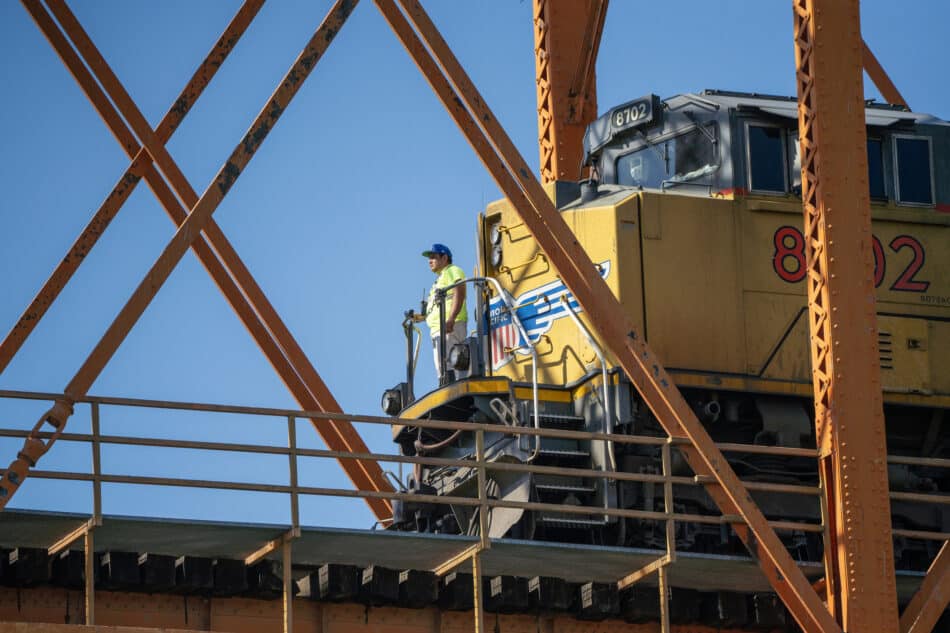
U.S. Customs and Border Protection has closed two critical rail ports in Texas in an effort to stem a surge of migration, according to CNBC.
What’s going on: Immigration authorities “announced rail operations would be halted at El Paso and Eagle Pass, Texas, beginning Monday in light of the surge of migrants crossing the border.”
- Officials said this temporary suspension of operations will enable the government to redirect personnel to assist Border Patrol with taking migrants into custody.
- “Collectively both railroads operate 24 trains daily at these crossings.”
Why it’s important: More than $200 million in goods, wages and transportation are lost each day the El Paso and Eagle Pass rail lines remain shuttered, according to Union Pacific.
- The closures are affecting international commerce, with mounting impacts on the agricultural, food, automotive, consumer goods and industrial commodity sectors, among others.
- A total of nearly 10,000 rail cars are being held on both sides of the U.S.–Mexico border, according to Union Pacific.
- “According to Bureau of Transportation Statistics data, El Paso and Eagle Pass accounted for $33.95 billion, or 35.8%, of all cross-border rail traffic from November 2022 – October 2023,” CNBC reports.
The backdrop: The developments come the same week Texas Gov. Greg Abbott “signed into law a measure giving state and local police authority to arrest and deport migrants caught crossing the border illegally,” according to The Wall Street Journal (subscription).
What we’re doing: The NAM is in communication with the White House, U.S. Customs and Border Protection and key Senate and House members on the issue, advocating for an immediate solution to the reopening of the rail ports.
- “Mexico is the United States’ largest trading partner, and enabling trade between the two countries is critical for North American economic competitiveness,” said NAM Director of Trade Facilitation Policy Ali Aafedt. “The NAM will continue to advocate for solutions that uphold our laws while also facilitating legitimate trade.”
NAM Goes All Out for Tax Priorities
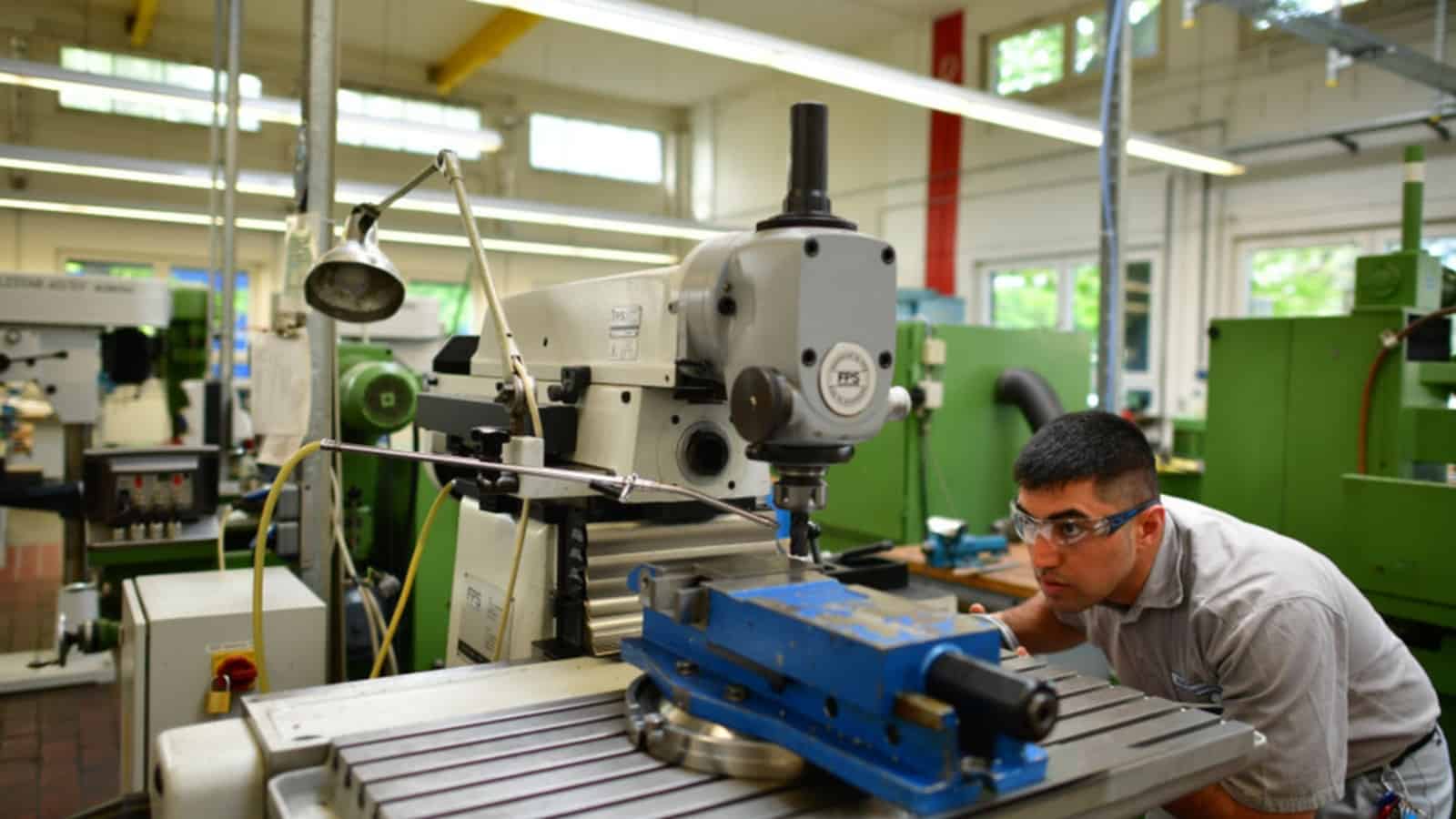
The NAM is firing on all cylinders to accomplish manufacturers’ top tax priorities: restoring immediate R&D expensing, pro-growth interest deductibility and full expensing.
Time is running out, as Congress must act by early 2024 to allow manufacturers to benefit from these provisions for the 2022 and 2023 tax years. Here’s what the NAM is doing to reach the finish line and why it matters so much to the industry and to the economy as a whole.
What we’re doing: The Executive Committee of the NAM Board of Directors recently sat down with House Speaker Mike Johnson (R-LA) to emphasize the importance and urgency of these measures. The Executive Committee has also raised the issue directly with the White House, and the NAM’s members—90% of which are small and medium-sized firms—have been contacting legislators to urge immediate action since early this year.
- In addition, while pressing the case relentlessly with the White House and congressional leaders himself, NAM President and CEO Jay Timmons has met personally with House and Senate tax negotiators to make manufacturers’ case for these reforms.
- NAM experts have also hosted multiple briefings for key legislators and congressional staffers, featuring manufacturers who explained how the withdrawal of these policies has harmed their businesses.
- Ratcheting up the ante on air and online, the NAM has applied pressure publicly in key districts, running a new ad campaign urging congressional action that has garnered about 80 million impressions so far. It also launched an action center to help manufacturers contact their legislators and spotlight the numerous companies that will be hard hit if pro-growth policies are not reinstated.
Why it matters: All three of these tax provisions are crucial to manufacturers’ ability to innovate, invest in their employees and make the American economy more competitive.
- R&D: The U.S. is one of only two countries (the other being Belgium) that doesn’t permit immediate expensing of R&D costs, a vital incentive for innovation. China, on the other hand, gives companies a “super deduction” for R&D expenses.
- Interest deductibility: A recent tax policy change made it more expensive for manufacturers to make critical purchases for their facilities, by imposing a stricter standard for deducting interest. This is a particularly heavy burden for a capital-intensive industry like manufacturing, amounting to a tax on companies’ investments in their operations and workers.
- Full expensing: This provision allows companies to expense their equipment purchases in the year they are made, supporting manufacturers’ investments in their businesses. But the policy is set to be phased out soon and must be saved, as it is crucial for small and medium-sized manufacturers looking to expand their operations.
The last word: “Manufacturing is the backbone of America, and the NAM is going all-out to make sure Congress acts on these critical priorities,” said NAM Managing Vice President of Policy Chris Netram. “Right now, leaders on Capitol Hill need to hear from manufacturers in their communities with a simple, clear message—act on our critical tax priorities now.”
Take action: Congressional leaders, including Speaker Johnson, have recently pointed out a need to hear from more manufacturers. Lend your voice—check out the resources in the action center to learn more.
NAM, Partners: Pass MTB Now
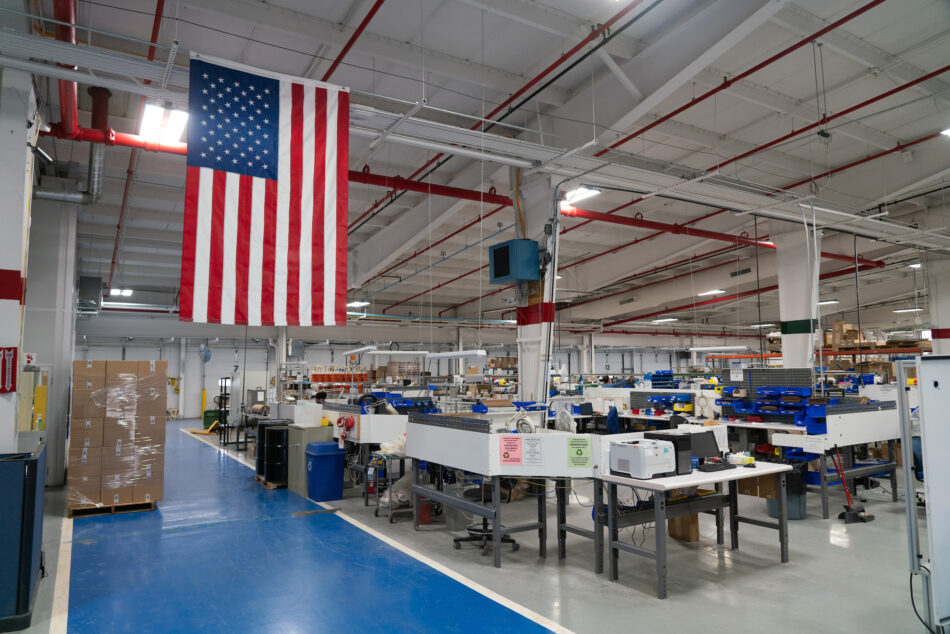
For nearly three years, many manufacturers in the U.S. have been operating at a disadvantage to their foreign competitors due to the lack of a Miscellaneous Tariff Bill. And that needs to change, the NAM told Congress yesterday.
What’s going on: The NAM, along with more than 200 manufacturers and industry partners, urged key members of the House and Senate to pass the MTB as soon as possible this year.
- The measure—which expired at the end of 2020—temporarily eliminates or reduces tariffs on products not readily available in the U.S. and is typically renewed by Congress every few years on a bipartisan basis.
- The previous MTB was passed unanimously in 2018, and in June 2021, the Senate approved an amendment including it and other trade provisions by a strong bipartisan vote of 91–4.
Why it’s important: Since the last MTB’s expiration, manufacturers and other businesses have paid more than $1.4 billion in anticompetitive tariffs to get items they are unable to source in the U.S., according to an NAM analysis.
- In addition to incentivizing overseas manufacturing and costing jobs, the additional expenses are harming local economies and American taxpayers by increasing the prices on manufactured goods.
What should be done: “Congress can reverse course by passing the MTB through 2026 with meaningful retroactivity and reauthorizing future MTB cycles without broad and arbitrary restrictions that would be difficult to implement,” the NAM and partner groups said.
- “Congressional passage of the MTB will spur growth: according to the U.S. International Trade Commission, tariff relief under the previous MTB boosted U.S. GDP annually by as much as $3.3 billion and output annually by as much as $6.3 billion.”
The last word: “If Congress is serious about supporting manufacturers and workers in the United States, they must prioritize the passage of the MTB by the end of this year,” said NAM Director of Trade Facilitation Policy Ali Aafedt.
NAM Fights Auto Regulation Mess
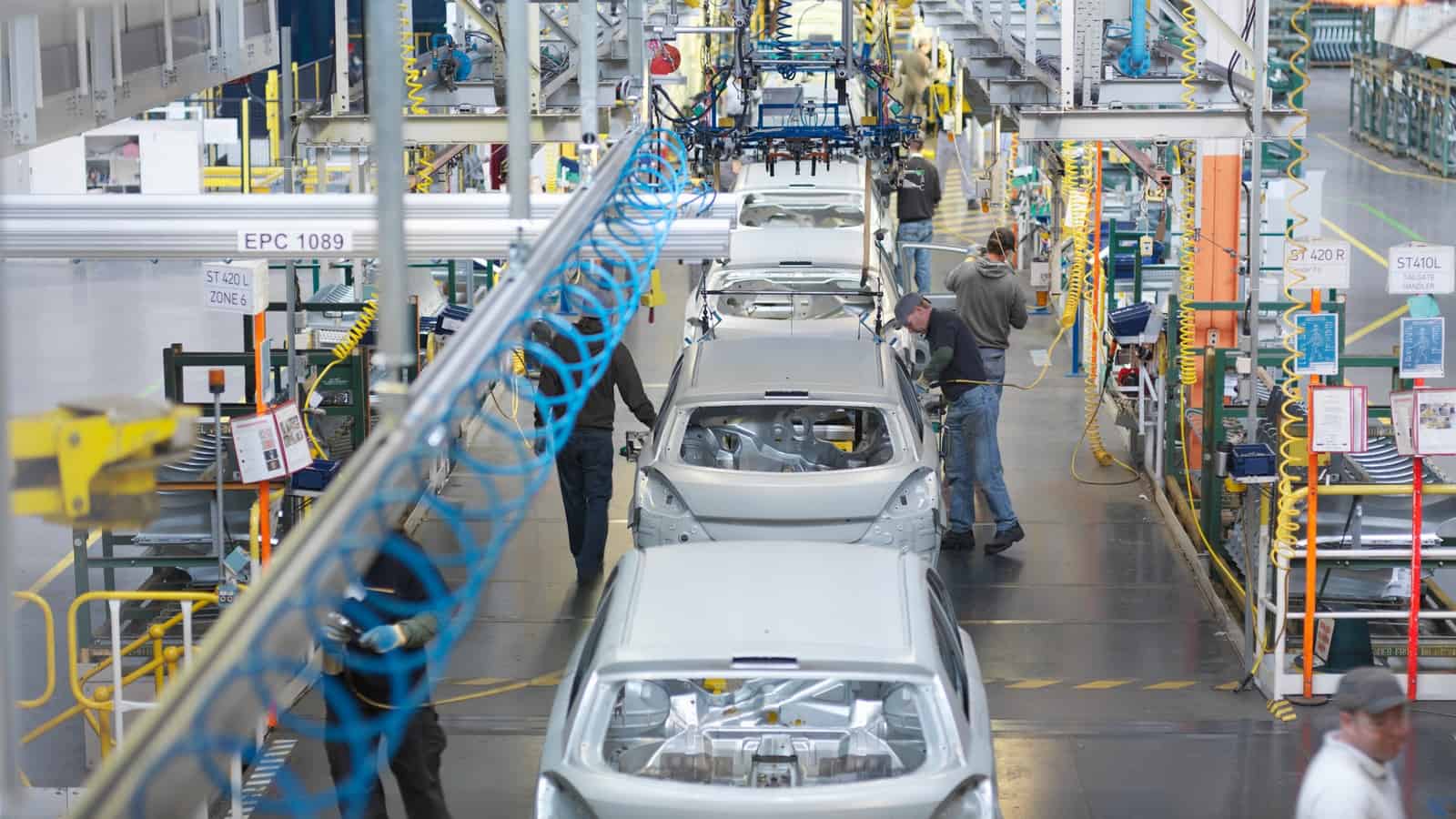
Manufacturers spend years developing and delivering top-of-the-line vehicles for consumers. But as policymakers set new fuel standards and regulations for light vehicles, automakers are finding themselves caught in a tangled mess of policy-making that threatens manufacturers and consumers alike.
Too many regulators: A number of agencies and government bodies, along with the state of California, are each imposing their own fuel-efficiency standards and environmental regulations, forcing automakers to cope with the conflicts and contradictions.
- “Right now, we’re looking at multiple sets of standards,” said NAM Vice President of Domestic Policy Brandon Farris. “That includes the Department of Energy, the Environmental Protection Agency and the National Highway Traffic Safety Administration, as well as separate standards from California. Each has standards for vehicle emissions, and they’re not well-aligned.”
Brief timelines: In addition, all of these regulations come with their own timelines for compliance, which often don’t give manufacturers enough time to innovate, test and produce new vehicles.
- “The timelines are short,” said Farris. “One of the things we’re asking agencies to recognize is the manufacturing lead time that’s needed.”
Product mandates: In some cases, agencies are imposing mandates that will narrow the range of vehicles that automakers can produce. The EPA, for example, is calling for 67% of all new vehicles to be battery electric in 10 years, a requirement that would squeeze out other fuel-efficient models.
- “What that’s going to do is cut down on consumer choice,” said Farris. “There are conventional hybrids, plug-in hybrids, hydrogen fuel cell vehicles, battery electric vehicles and others that could all reduce emissions, but the EPA has cut out all of those and selected one kind of technology.”
NAM in action: The NAM is deeply involved in conversations with policymakers in the administration and Congress, working to give manufacturers the support they need.
- “We’re working with the agencies, we’re submitting regulatory comments, we’re raising this with the White House and Congress, and we’re working on potential legislation that may address this as well,” said Farris.
Our ask: According to Farris, the NAM is calling on policymakers to take four steps.
- Harmonize standards: With so many overlapping standards, manufacturers are left without clear guidance. Giving manufacturers a single standard would make it easier for automakers and consumers alike.
- Set realistic targets: Standards must be achievable to have a real and positive impact.
- Provide reasonable timeframes: From sourcing critical minerals to manufacturing new engines, automakers need the appropriate time to succeed.
- Protect consumer choice: Consumers should be able to choose between different kinds of vehicles to reduce emissions overall.
The bottom line: “We have shifting standards, standards that aren’t aligned and overlapping timelines,” said Farris. “If you’re a manufacturer trying to make a single automotive that consumers want right now, you’re shooting at a moving target.”
NAM Fights Auto Regulation Mess

Manufacturers spend years developing and delivering top-of-the-line vehicles for consumers. But as policymakers set new fuel standards and regulations for light vehicles, automakers are finding themselves caught in a tangled mess of policy-making that threatens manufacturers and consumers alike.
Too many regulators: A number of agencies and government bodies, along with the state of California, are each imposing their own fuel-efficiency standards and environmental regulations, forcing automakers to cope with the conflicts and contradictions.
- “Right now, we’re looking at multiple sets of standards,” said NAM Vice President of Domestic Policy Brandon Farris. “That includes the Department of Energy, the Environmental Protection Agency and the National Highway Traffic Safety Administration, as well as separate standards from California. Each has standards for vehicle emissions, and they’re not well-aligned.”
Brief timelines: In addition, all of these regulations come with their own timelines for compliance, which often don’t give manufacturers enough time to innovate, test and produce new vehicles.
- “The timelines are short,” said Farris. “One of the things we’re asking agencies to recognize is the manufacturing lead time that’s needed.”
Product mandates: In some cases, agencies are imposing mandates that will narrow the range of vehicles that automakers can produce. The EPA, for example, is calling for 67% of all new vehicles to be battery electric in 10 years, a requirement that would squeeze out other fuel-efficient models.
- “What that’s going to do is cut down on consumer choice,” said Farris. “There are conventional hybrids, plug-in hybrids, hydrogen fuel cell vehicles, battery electric vehicles and others that could all reduce emissions, but the EPA has cut out all of those and selected one kind of technology.”
Read the full story here.
Manufacturers to White House: Revising Air Regulation Makes Nearly Half the Nation Ineligible for New Manufacturing Investment
Washington, D.C. – The National Association of Manufacturers, along with 71 leading business groups representing sectors across the economy, urged White House Chief of Staff Jeff Zients to help ensure that the Environmental Protection Agency maintains existing National Ambient Air Quality Standards for fine particulate matter (PM2.5).
“Manufacturers in America are committed to improving air quality and have been responsible for the development of new processes and technologies that have made our sector more sustainable,” said NAM President and CEO Jay Timmons. “The Biden administration’s proposal to make these standards even more stringent is putting manufacturing investment at risk across vast swaths of the country and will jeopardize nearly 1 million jobs. If the president and his agencies want the Bipartisan Infrastructure Law and the CHIPS and Science Act to succeed—and want to see manufacturing in America continue to grow—they should refrain from further changes to the standard, which is already among the most aggressive in the world.”
As the letter states:
A proposed discretionary revision to this standard, which is under review by the Office of Information and Regulatory Affairs, could put nearly 40% of the U.S. population in areas of nonattainment. Doing so would risk jobs and livelihoods by making it even more difficult to obtain permits for new factories, facilities and infrastructure to power economic growth. This proposal would also threaten successful implementation of the Infrastructure Investment and Jobs Act, the CHIPS and Science Act and the important clean energy provisions of the Inflation Reduction Act.
Our members have innovated and worked with regulators to lower PM2.5 concentrations significantly, and further progress is being made as part of the energy transition investments. The EPA recently reported that PM2.5 concentrations have declined by 42% since 2000, driven by major emissions reductions from both mobile sources and the power sector. As a result, America’s air is cleaner than ever.
A recent analysis conducted by Oxford Economics and commissioned by the National Association of Manufacturers found that the proposed standard would reduce GDP by nearly $200 billion and cost as many as 1 million jobs through 2031.
At 8 ug/m3, the lowest level considered by the EPA, more than 20% of all U.S. counties would be out of attainment and thrown into permitting gridlock.
To view the full letter, click here.
-NAM-
The National Association of Manufacturers is the largest manufacturing association in the United States, representing small and large manufacturers in every industrial sector and in all 50 states. Manufacturing employs 13 million men and women, contributes $2.91 trillion to the U.S. economy annually and accounts for 53% of private-sector research and development. The NAM is the powerful voice of the manufacturing community and the leading advocate for a policy agenda that helps manufacturers compete in the global economy and create jobs across the United States. For more information about the NAM or to follow us on Twitter and Facebook, please visit www.nam.org.
